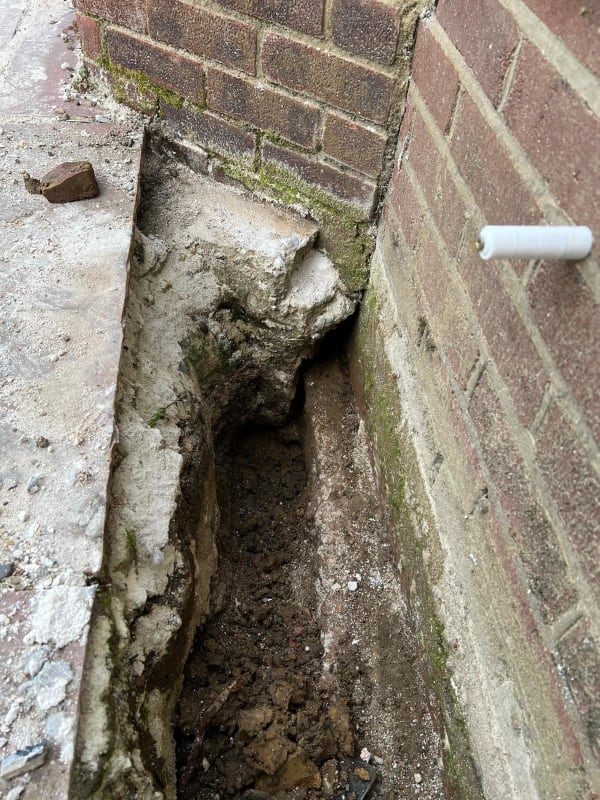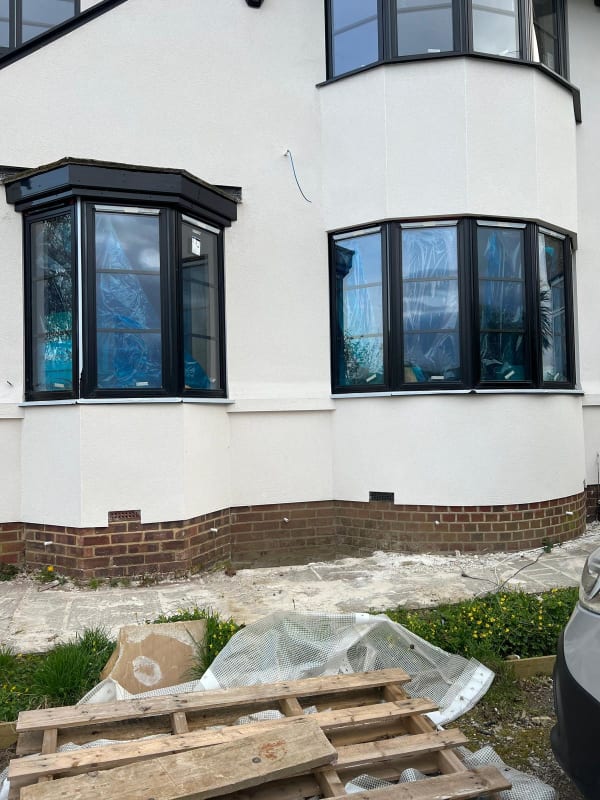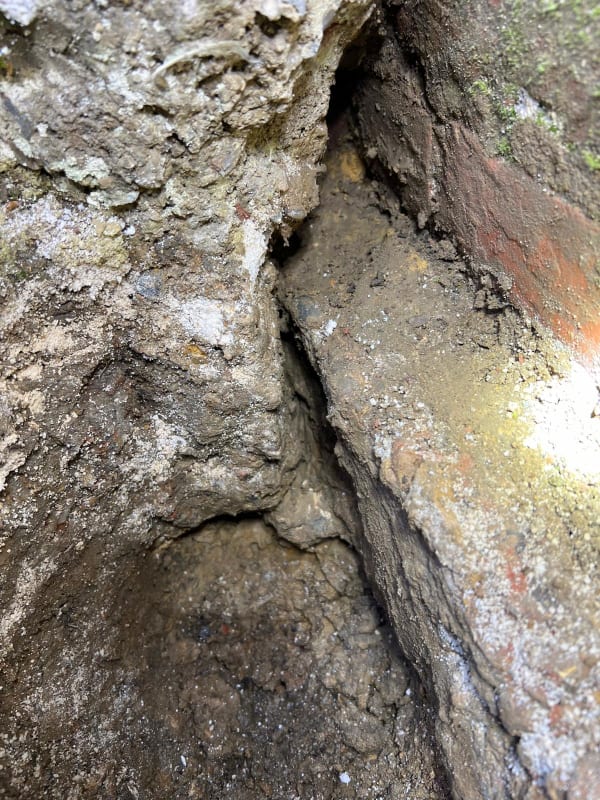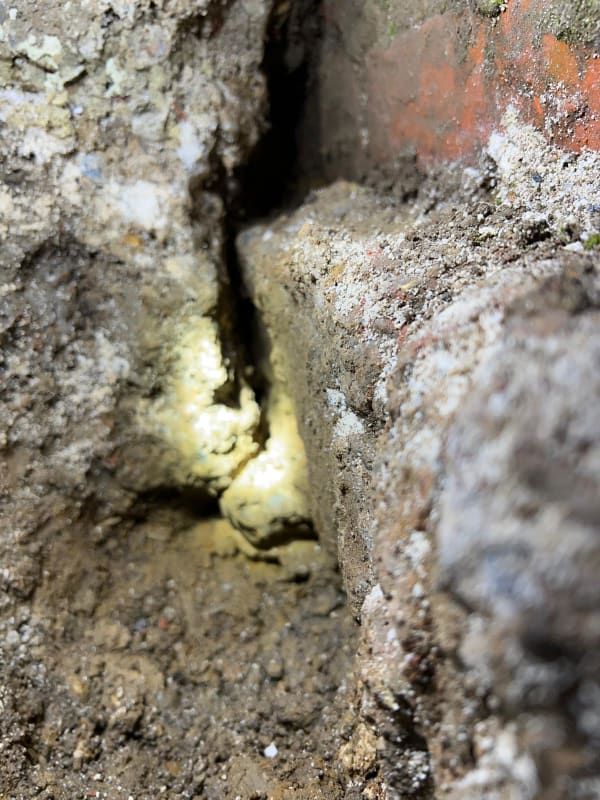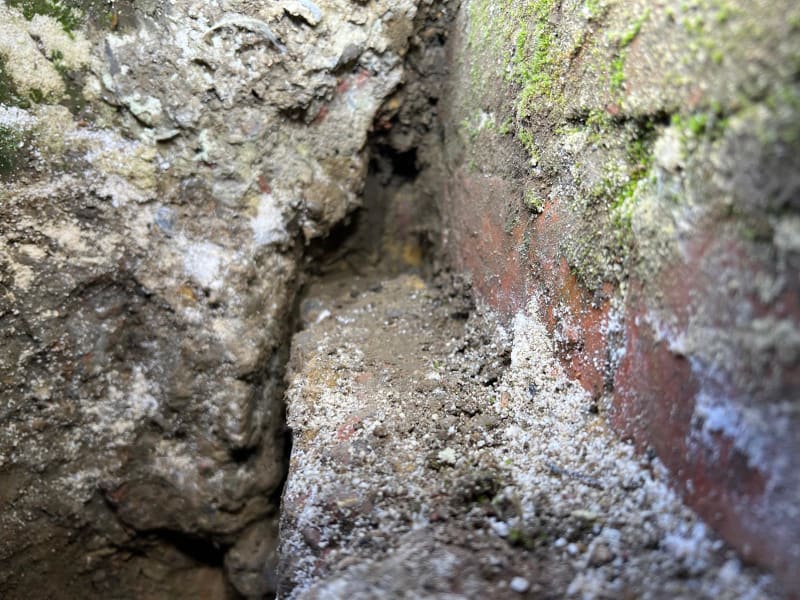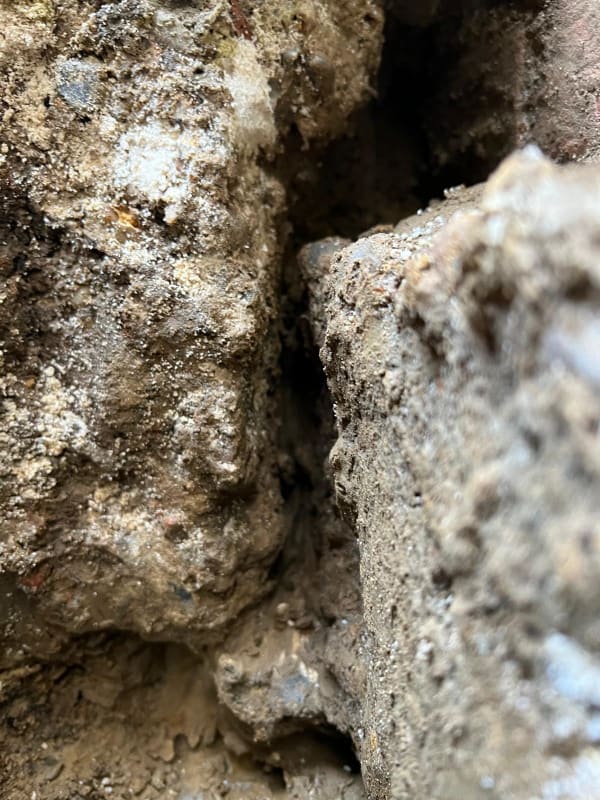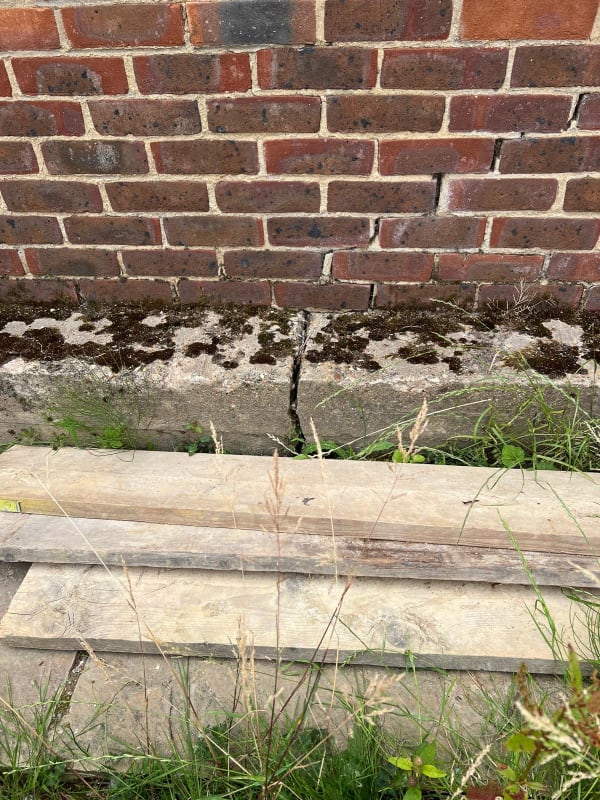Crank90
Electrical
- Apr 11, 2024
- 4
I come from an electrical engineering background so structural engineering is not a strong subject for me. I kindly ask and would appreciate if there is someone that can offer their proffesional advice.
My property has suffered from subsidence, which happened back in the very hot and dry summer of 2022. Cracks have appeared through mortar lines and brick internally and externally, mainly around the front two window bays of the property. It also affects the opening and closing of the front living room door upon the clay soil swelling and shrinking through the seasons. Soil samples have been taken which show high VCP and very high plasticity levels. The vegetation has been mitigated and should no longer cause issues. Monitoring has been setup to see how the ground responds over the next 6 months.
I need help understanding what has / is happening to the front window bay foundations. There is a large crack / seperation that has been uncovered when a trial pit was dug. The property is a 1930's semi-detached chalet so the foundations are not deep and sits at the top of a sloping drive. Is there cause for concern here? Does it require underpinning? Should the part of the foundation supporting the window bays be seperate from the house foundation slab? Or should they be connected together?
I have tried searching the internet for answers but I can not find anything that describes how these foundations should sit.
Thank you in advance for investing your time in reading this.
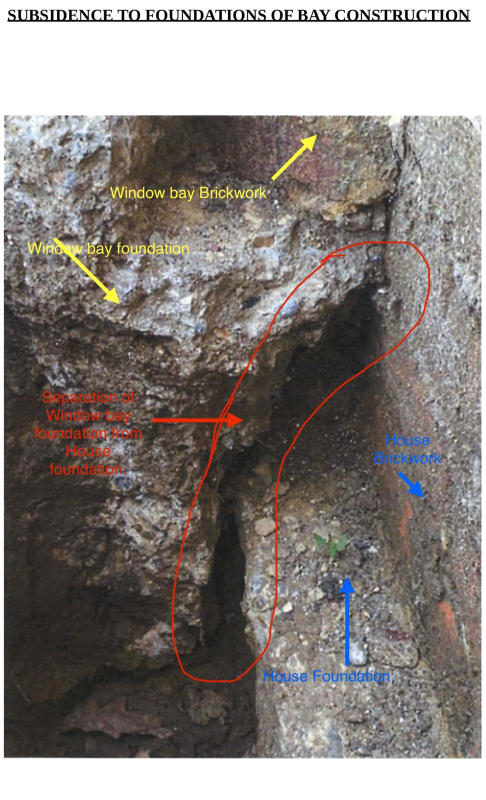
My property has suffered from subsidence, which happened back in the very hot and dry summer of 2022. Cracks have appeared through mortar lines and brick internally and externally, mainly around the front two window bays of the property. It also affects the opening and closing of the front living room door upon the clay soil swelling and shrinking through the seasons. Soil samples have been taken which show high VCP and very high plasticity levels. The vegetation has been mitigated and should no longer cause issues. Monitoring has been setup to see how the ground responds over the next 6 months.
I need help understanding what has / is happening to the front window bay foundations. There is a large crack / seperation that has been uncovered when a trial pit was dug. The property is a 1930's semi-detached chalet so the foundations are not deep and sits at the top of a sloping drive. Is there cause for concern here? Does it require underpinning? Should the part of the foundation supporting the window bays be seperate from the house foundation slab? Or should they be connected together?
I have tried searching the internet for answers but I can not find anything that describes how these foundations should sit.
Thank you in advance for investing your time in reading this.


